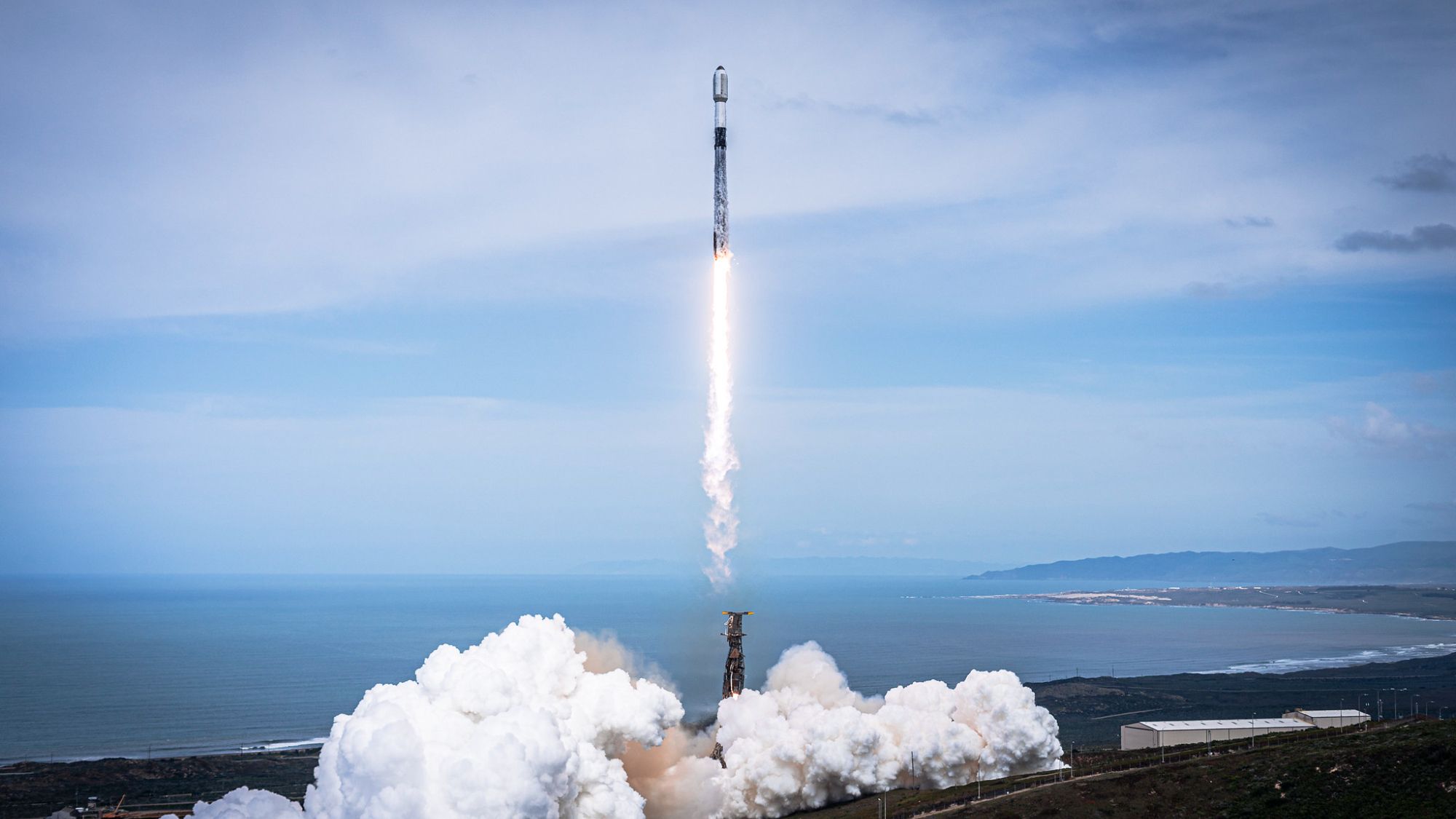Blue Origin is gearing up for the second-ever launch of its New Glenn rocket, set to carry NASA’s ambitious ESCAPADE mission to Mars on September 29, 2025. According to a report from Space.com, Blue Origin has been collaborating closely with NASA to prepare for this highly anticipated flight. Initially, the ESCAPADE mission was slated to launch aboard New Glenn’s first flight in January 2025. However, NASA opted to delay the mission to avoid risking any potential complications that could arise from the debut launch of the new rocket. Now, with the NET (No Earlier Than) date officially set, excitement is mounting as New Glenn gears up for its interplanetary mission.
The ESCAPADE Mission: A Groundbreaking Mars Exploration
New Glenn’s upcoming launch will mark a significant milestone not only for Blue Origin but also for space exploration. The twin ESCAPADE probes are designed to study Mars’ magnetosphere, analyzing how solar wind interacts with the Martian atmosphere and how these processes might influence the planet’s space weather environment. Once launched, these probes will embark on their journey to the Red Planet, where they will provide crucial data to help scientists understand the dynamics of Mars’ unique space environment. The mission, which is valued at $80 million, has been entrusted to the University of California’s Space Sciences Laboratory, who will manage the operation once the probes are in space.


New Glenn’s Role in Interplanetary Spaceflight
New Glenn’s launch is particularly significant because it will be the first time the rocket has been tasked with launching a payload on an interplanetary mission. The New Glenn rocket, which stands at 188.5 feet tall, was designed to compete in the increasingly competitive commercial launch industry, with a particular focus on larger payloads. While Blue Origin has made progress with the rocket’s development, this mission presents a substantial test for the company, as they aim to successfully deliver the ESCAPADE probes on their way to Mars and simultaneously demonstrate New Glenn’s reliability for interplanetary missions.
Blue Origin’s Ambitious Plan for Rocket Reusability
The rocket’s first stage booster, which measures a towering 57.5 meters, will also be put to the test in this mission. Following its launch, Blue Origin intends to recover the first stage booster using a drone ship stationed in the Atlantic Ocean. This recovery operation is an integral part of the company’s ongoing effort to create reusable rockets that can reduce the cost of space travel. While New Glenn’s initial test flight in early 2025 was successful in delivering its payload to Earth orbit, the attempt to land the booster on a drone ship was unsuccessful. Blue Origin is hopeful that this upcoming flight will mark a successful recovery, bringing the company closer to achieving a fully reusable rocket system.
The Secondary Payload: Advancing Space Communication Technologies
In addition to the ESCAPADE mission, New Glenn will carry a secondary payload as part of the NG-2 flight. The secondary payload will be a technology demonstration from Viasat, a satellite communications company. This demonstration is aligned with NASA’s Communications Services Project, an initiative aimed at enhancing satellite communications for near-Earth and interplanetary networks. Viasat’s technology is expected to play a vital role in advancing the next generation of space-based communications, which will be crucial for NASA’s future missions, including those that involve the Moon and Mars.
Source link

